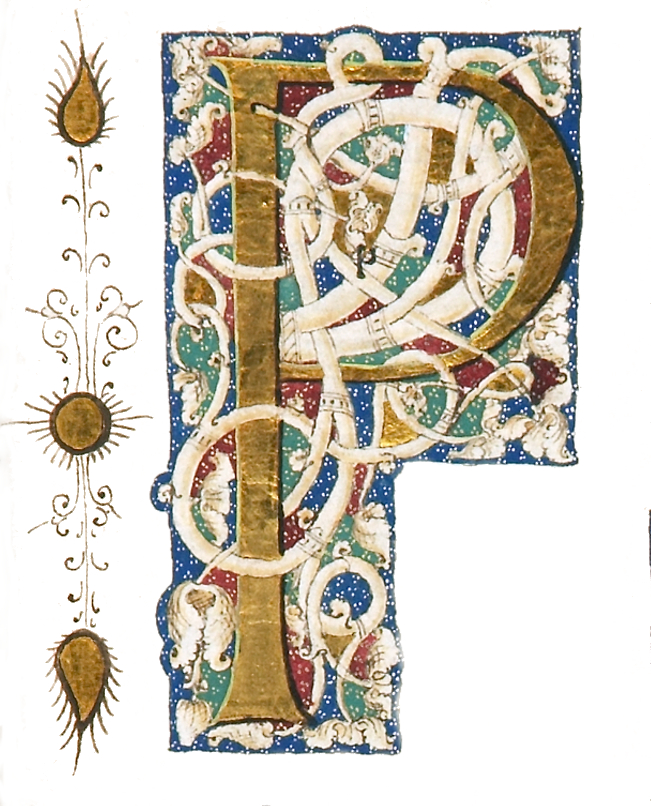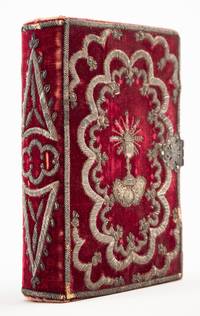signed first edition
May 1927 · Paris
by JOYCE, JAMES. (WELLS, H. G., His Copy). (BINDINGS - SALLY LOU SMITH)
Paris: Shakespeare and Company, May 1927. Ninth Printing of the First Edition. 205 x 160 mm. (8 1/8 x 6 1/4"). 4 p.l. (first blank), 735 pp.
DRAMATIC DARK BLUE-GRAY CRUSHED MOROCCO, BLIND-TOOLED AND INLAID TO AN ABSTRACT DESIGN, BY SALLY LOU SMITH (stamp-signed with her initials in gilt on rear doublure), with overall wraparound design of inlaid elongated, irregular-shaped pieces of black, gray, blue, tan, and yellow morocco with blind-tooled lines extending from these shapes, MATCHING MOROCCO DOUBLURES tooled in gilt with branch-like lines, yellow handmade free endpapers, gray flyleaves, all edges gilt. In the matching morocco-backed clamshell (truncated)
DRAMATIC DARK BLUE-GRAY CRUSHED MOROCCO, BLIND-TOOLED AND INLAID TO AN ABSTRACT DESIGN, BY SALLY LOU SMITH (stamp-signed with her initials in gilt on rear doublure), with overall wraparound design of inlaid elongated, irregular-shaped pieces of black, gray, blue, tan, and yellow morocco with blind-tooled lines extending from these shapes, MATCHING MOROCCO DOUBLURES tooled in gilt with branch-like lines, yellow handmade free endpapers, gray flyleaves, all edges gilt. In the matching morocco-backed clamshell (truncated)









